Tourism in Brazil: Can it benefit the economy?
Brazil was watched by the entire world as it hosted the World Cup in 2014 and Olympic Games in 2016. These events are incredibly important to Brazil, especially as the first South American country to host the Olympics. The country knew that it must prove that it is safe, organized, and capable of handling such huge events, and it succeeded.
Brazil also knew that these events would be a golden opportunity to show the world the progress it has made and what a great country it is: that it is a culturally rich country full of natural beauty, friendly people, modernized cities, and diverse tourist destinations to please any traveler.
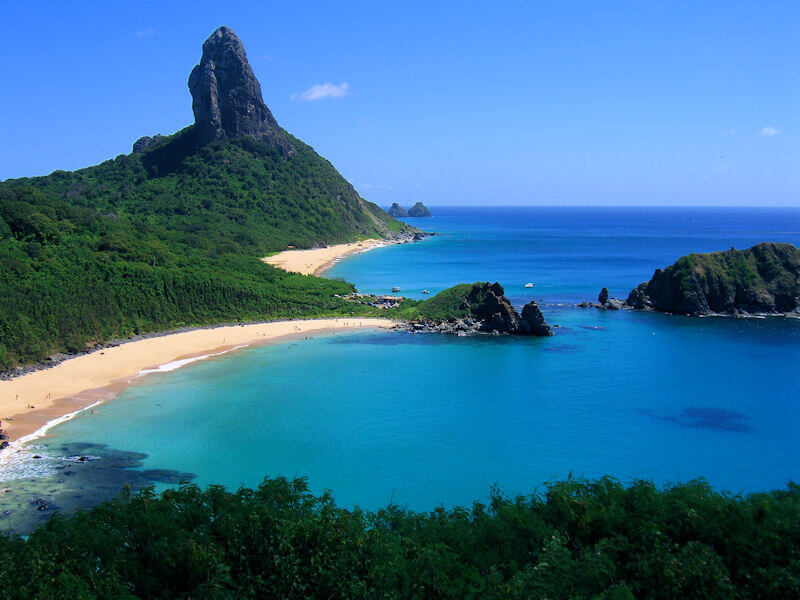
However, at this point, Brazil (and all of South America) receives a surprisingly small number of tourists. Actually, this has been obvious to me; I’ve been going there every year since 2000 (because I’m married to a Brazilian) and, with the exception of a few places like Rio, rarely notice other non-Brazilians.
In contrast, I always notice that the country seems somewhat unprepared for tourism. According to the article “An untapped market” on The Economist, Brazil receives fewer tourists per year than Bulgaria. That’s right. Brazil, the fifth-largest country in the world, with its natural wonders and incredibly beautiful forests, waterfalls, mountains, and thousands of kilometers of coast; its lively culture seen in its food, festivals, and art; and the relatively easy traveling conditions compared to other developing countries, still receives only around 5 million tourists a year.
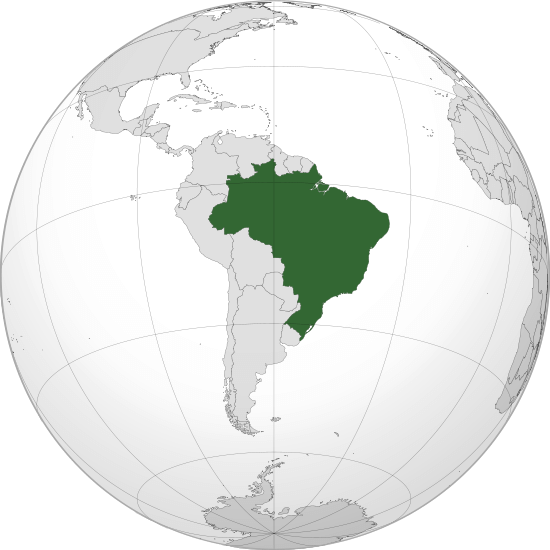
The problem is not limited to Brazil (and, in fact, Brazil leads South America in terms of the number of international tourists). According to the UNWTO (United Nations World Tourism Organization) 2010 report, South America received only 2.3% of total international tourism in 2009. That number should be shocking, especially if you have experienced the culture and natural beauty of South America.
What a shame it is that these developing countries, which need more economic resources to develop their infrastructure and tackle poverty, have not had the foresight to fully promote tourism as a sustainable source of income. According to the UN report, as countries invest in tourism development, socio-economic progress results “through the creation of jobs and enterprises, infrastructure development and the export revenues earned.” Globally, tourism accounts for an average of 5% of a country’s income and 6-7% of its employment, tourism is growing and expected to continue to grow, and that growth is particularly pronounced in the world’s developing countries.
Clearly with the importance tourism already holds for the economy worldwide and its expected expansion, tourism could provide a sustainable source of income and employment in Brazil if the country would work harder to attract more visitors.
At the same time that Brazil steps into the spotlight of the World Cup and Olympic games, the economy is slowing. This does not mean that Brazil is in trouble; in fact, it has been an example economic growth while the rest of the world has undergone recessions. However, after considerable economic slowing, Brazil has been trying to stimulate the economy with little success and is now about to unveil a new stimulus package with more than $6o billion to be invested in railroads and highways.
If the country builds new railroads and highways, and invests about $25 billion dollars in preparing for the World Cup and Olympic Games, Brazil will be that much closer to being well prepared to receive more tourism. What if the national and state governments took a hard look at tourism in Brazil and made the appropriate investments?
Wouldn’t that, combined with the fact that worldwide tourism is expected to grow steadily in the future, assure Brazil of a bigger piece of the tourism pie and thereby more economic gains? While this would be a large undertaking, a logical place to begin is building on what Brazil already has: culture and history.
Based on the popularity of the destinations that attract the most tourists, like France, Spain, and Italy, it is clear that tourists like to see history and culture. Nevertheless, when visiting São Paulo, Brazil’s largest city and one of the largest cities in the world, it is not easy to find cultural attractions or historical sites even though they are there, and when they are found, they often disappoint. The city has the potential to be promoted as a destination of culture, but, without some investment in making it tourist-friendly, few will make it there. Here are some examples:
1) Only in Portuguese at São Paulo’s world-class museums?
São Paulo has excellent museums that display various aspects of Brazilian cultural identity and history. They could attract much more tourism if they were better prepared to receive international tourists.
Let’s take a quick look at three of the city’s best museums: MASP (Museu do Arte de São Paulo), Museu Afro-Brasil, and Pinacoteca do Estado de São Paulo. What surprises me most is that they do not have information in English (or other languages) on their websites, making it difficult for tourists to find out the location, hours, cost, and current exhibits. They are all housed in wonderful examples of Brazilian architecture, but when I visited, none offered information explaining the building’s design or history.
MASP has good English translations inside the museum, but the other two have information only in Portuguese. When I visited the new Museu Afro-Brasil, I was very disappointed not to be able to fully understand or appreciate the beautifully-displayed exhibits of the history of Afro-Brazilian culture.
All three of these are important museums that show Brazilian history and cultural products (specifically, contemporary Brazilian art, cultural and historical artifacts, and paintings showing Brazil’s 500-year history) but need at least the simple change of adding translations to the websites and museum exhibits.
2) A historical center that no one visits?
São Paulo has a historical center, but even Paulistas (residents of São Paulo) will tell you that nobody goes to the city center because it’s dirty and unsafe.
I ventured there last month and unfortunately was disappointed. There are many historical buildings that together could make an interesting and beautiful walking tour if they were restored and labeled.
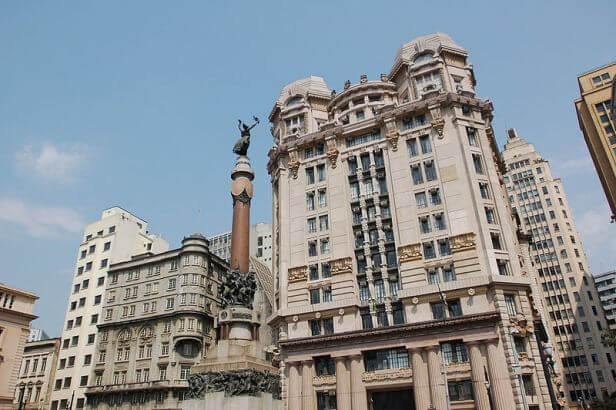
As in other cities, the problem of homelessness is complex, but the fact that the nicest historical buildings were surrounded by groups of homeless people, many of whom had actually built makeshift homes against the building’s exteriors, needs to be addressed before tourists will feel comfortable exploring the city center.
I am not criticizing Brazil for the homelessness or the homeless people for being in that situation; instead, I believe the city needs to find ways to deal with this issue for the sake of tourism as well as the sake of the homeless.
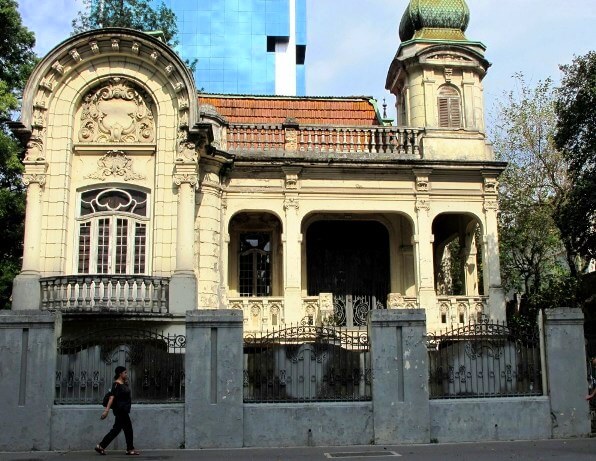
3) Architecture that is not treated as worth visiting?
São Paulo is home to many works by the famous Brazilian architect Oscar Niemeyer. Possibly the best place to see his work and, at the same time, appreciate Latin American culture is the Latin America Memorial (Memorial da América Latina), a complex of several buildings around two large squares.
It also includes a striking sculpture of a hand with a map of Latin America bleeding to remember the struggles and sacrifices of the Latin American people. The complex hosts public events that celebrate Latin American culture; the day I was there, the independence of Bolivia was being celebrated.
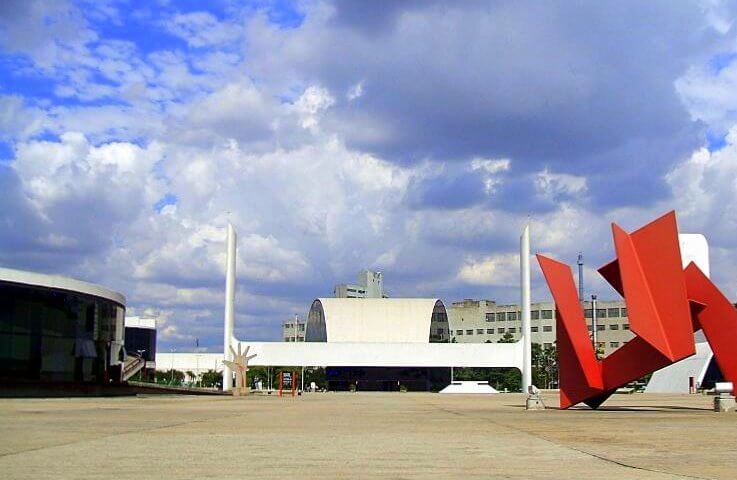
When I visited, I walked around in awe of the architecture, but it seemed like a secret, almost neglected tourist site. I imagined the grand attraction this memorial could be. The buildings should be labeled in Portuguese and other languages. Flyers with information about Niemeyer and the history of the complex, including the cultural relevance of the memorial, should be available.
Visitors should be able to tour at least some of the interiors (I left only imagining how incredible the interiors must be based on the exteriors). Finally, the memorial must be treated as a city treasure — trash littering the front of a building and one of Niemeyer’s sculptures should not be tolerated.
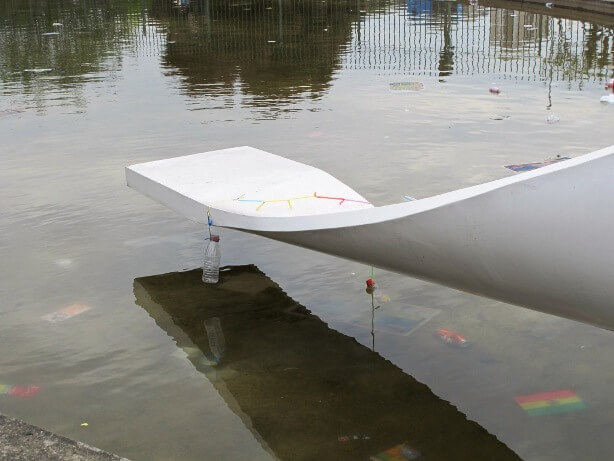
If São Paulo made even the changes suggested above, I would recommend it to people traveling to South America, but as the city is now, despite all its strengths, I would probably not recommend traveling there. It is not an easy city to travel in and, as these three examples of potential cultural attractions illustrate, the city is not well prepared for international tourism.
Like much of Brazil, São Paulo has the potential to be a great tourist attraction not just for its food and shopping, which the city is best known for, but also for its cultural attractions. Culture is part of the city’s identity, and Paulistas are proud of their diverse population that has created great art, architecture, crafts, music, and more. When the city better develops tourism and shares that identity with others, the city will certainly benefit from the increased revenue and employment opportunities.
I would love to hear your feedback about tourism development and the economy, your experience traveling in developing countries, or your experience with tourism in Brazil.
Sources:
http://www.economist.com/blogs/americasview/2010/11/tourism_latin_america

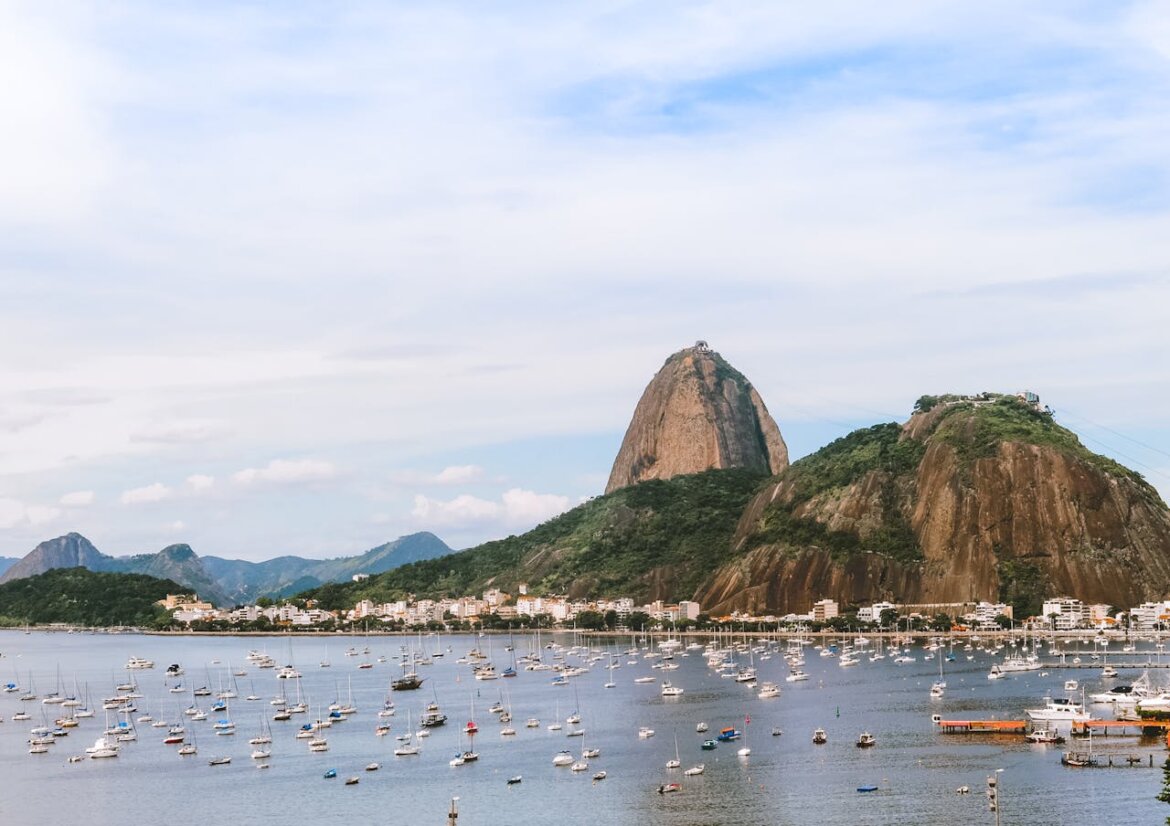
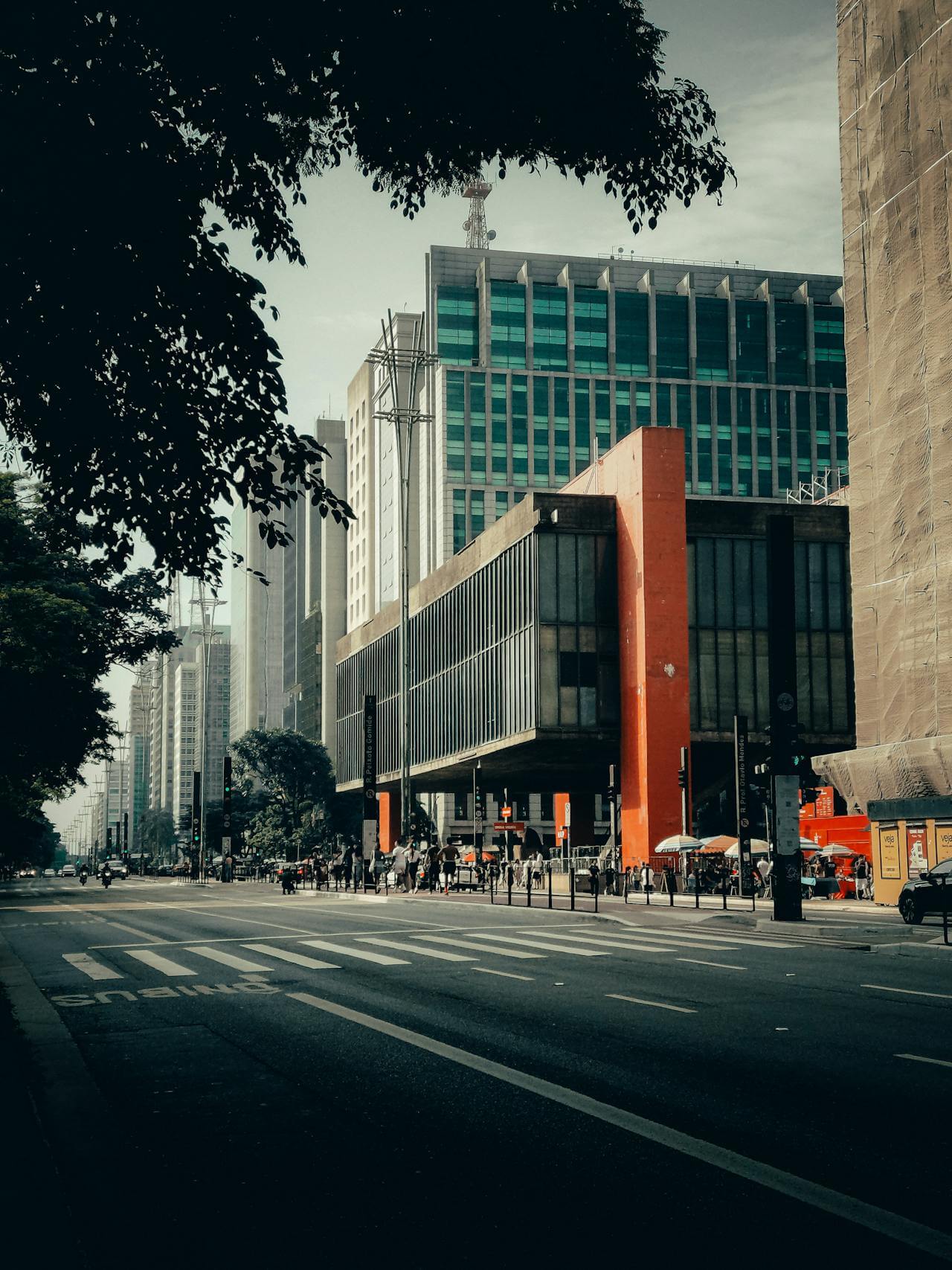
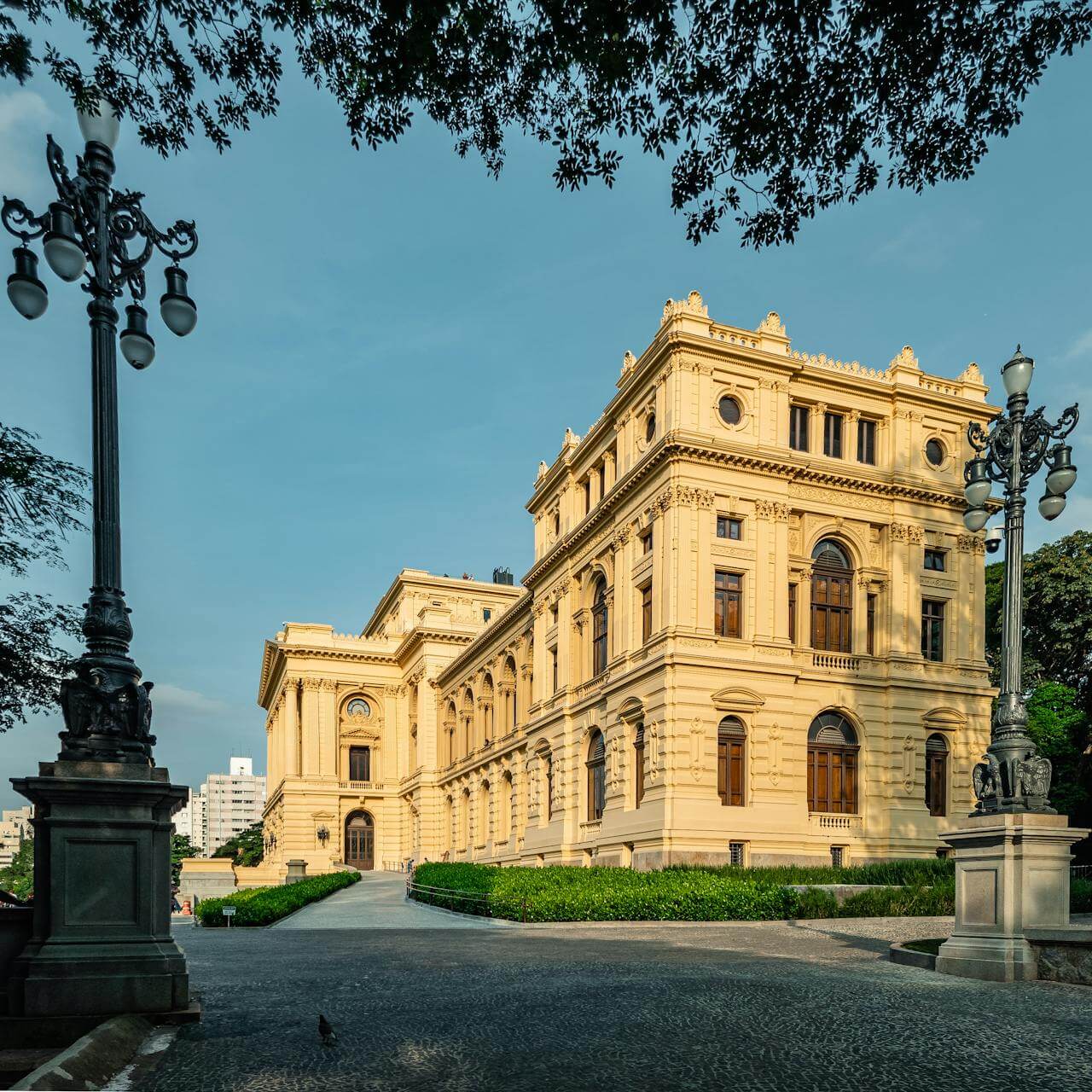
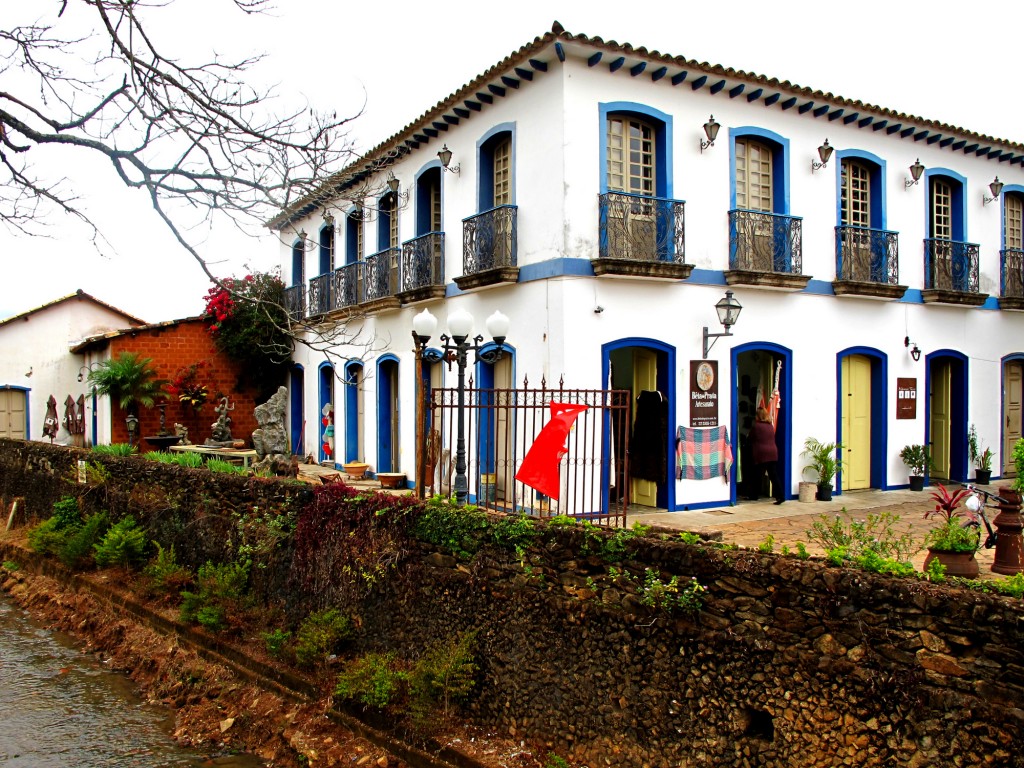
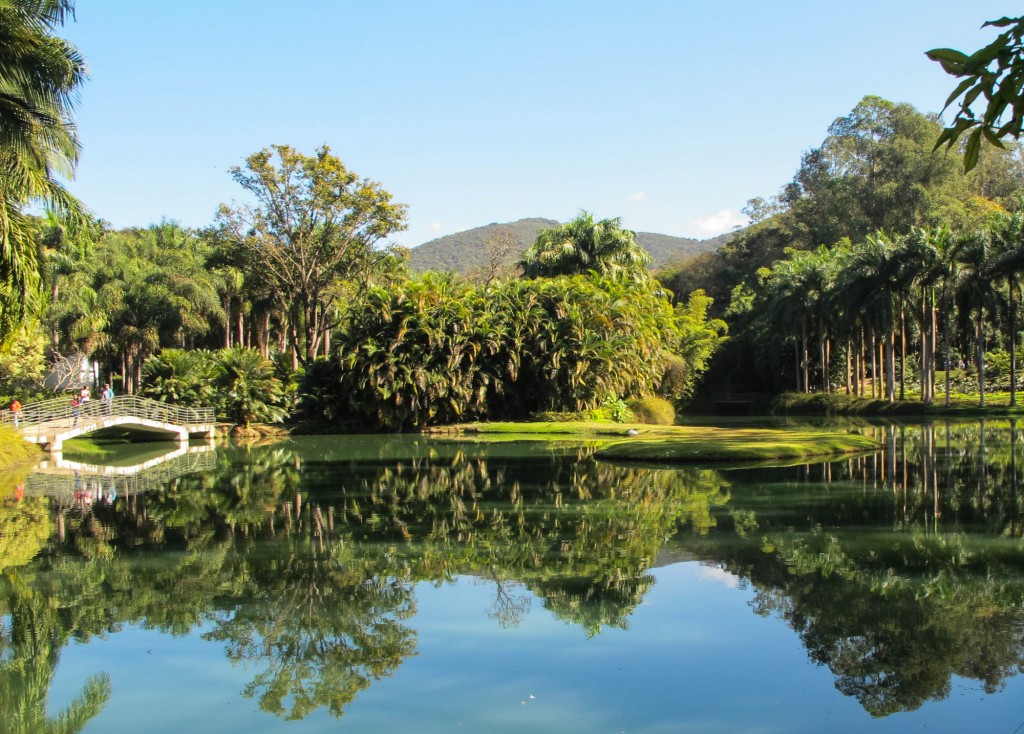
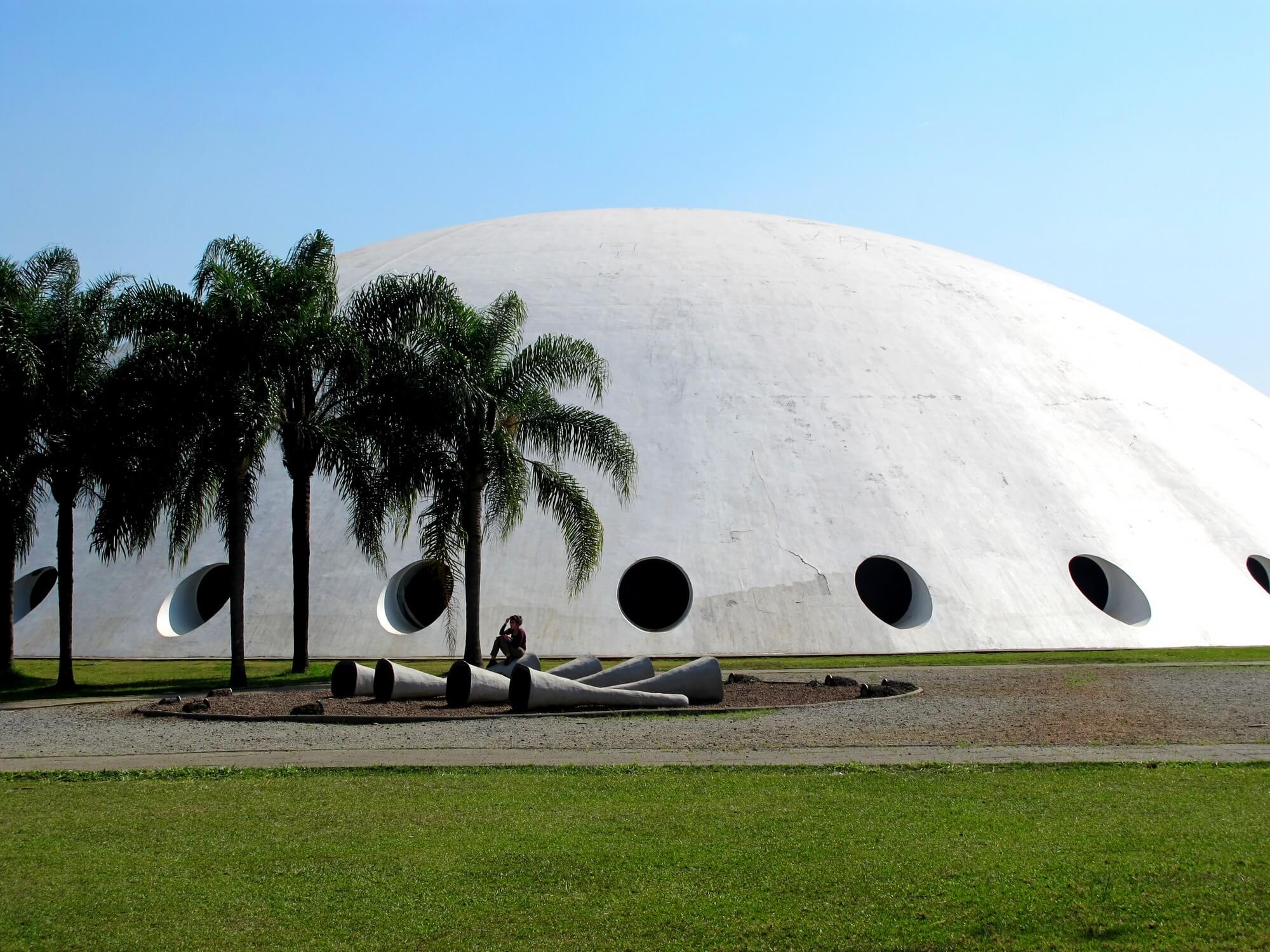
That pic of Fernando de Noronha looks amazing, didn’t get a chance to go there when I was in Brazil… another time. I do worry how Rio is going to control the street crime during these events.
I don’t know much about Rio (I was there in 2006 just for a few days), but I think the crime is centered in other areas of the city. Plus, they’ve been doing a lot already to make Rio safer, and they will work hard to keep it safe during these events.
Hi Jenna! your comments are 80% correct.And unfortunately I have to agree with your point of view. I am brazilian , Paulista (born in Campinas, Estate of Sao Paulo) and study Tourism at Universdidade de Sao Paulo. Brazil has so much culture and blessed by the nature that people is not even aware of the potential!
Actually I am preparing a project for cultural tourism focusing initially Sao Paulo, and if it goes ok, will take all over Brasil, to show our gemological and historical aspects. Hope you all can visit and help us to change minds.
ps.: paulista= people born in State of Sao Paulo
paulistano/paulistana = people born in the city of Sao Paulo.
Thank you for the correction re. paulista and paulistano/a
Your project sounds interesting! Best of luck with it. Brazil has so much potential for tourism growth, I believe.
A fascinating and thought-provoking post, Jenna! I learned a lot – and will go to the Florens Foundation site and check that out. I’ll be cheering for you to be chosen to go to conference!
Thank you for reading and for your support!
Very insightful and information post about Brazil tourism. Looks like there is a lot of potential. I am not sure why so few people visit. Maybe those who have have visited, like you, don’t recommend it to others. Maybe they still fear the dangerous areas in Brazil. I know you’ve been traveling there a long time (and it helps to be married to a Brazilian) but it has to be intimidating for a tourist or foreigner to get around, see the sights, and feel comfortable here.
Seems like Brazil is not alone. However, looks like the lack of tourists could be due to their less than tourist-friendly approach. And that is a real shame. A lot needs to change in 2 years before the World Cup arrives. Hopefully this will push the country to reach out to tourists and present itself in a way that is welcoming and inviting.
Thank you for reading and commenting. Just to clarify, when I said that I wouldn’t recommend “it” to travelers, I was referring to Sao Paulo, not Brazil. I would definitely recommend the country, but the specific examples I gave were from Sao Paulo because I know it well and it’s a good example of a place that has a lot of potential but is not doing enough to attract tourists. I think other travel bloggers like Simon and Angela Corrias would also recommend Brazil to others.
While I did not want to delve into reasons for this, especially because I am not a historian, perhaps I should add something about that. I don’t think they exactly have an approach that is not tourist friendly–instead, it’s about priorities. For most of the developing world, the priority has been the necessities that its own people lack, and it may be difficult to see the benefit of investing further in tourism (I say “further” because Brazil definitely has invested in tourism but not in all places or as much as I think it should). However, investing in tourism now would have a long-lasting, sustainable impact on the economy.
I know you used Sao Paulo as an example. However, given the size of the country and the low numbers in tourism, I think the entire country needs to do a better job. Even with the numbers you mention, those DO include Carnival and Rio. How bad would Brazil tourism be if it weren’t for that?
With that said, I echo your sentiments. I didn’t mean to imply that people shouldn’t visit Brazil. However, it seems that not enough has been done to drive tourism to the country. Like you stated, they’ve had more important issues to deal with. However, they have the 2014 World Cup and the 2016 Olympics Games. At this point, they have absolutely no choice but to step up their efforts on tourism.
My comments weren’t to say that Brazil isn’t worth visiting. However, Brazil better make it known that they are worth visiting now. They chose to put themselves in the spotlight. And if Sao Paulo, the largest city, has fallen short on its efforts, now more than ever is the time for the country to step up.
Yes, true, true, and sorry if we misunderstood each other a bit. That happens easily over the Internet. 🙂 Glad you are participating in this discussion with me.
Regarding your last paragraph, I think that Brazil is trying to show that it is worth visiting by applying to host these two events. Though the country is one of contrasts, I think a lot of people would be surprised at how modern, chic, and expensive (!) Brazil is. In many ways, it’s a first world country.
I am no expert on the preparations for these sporting events, but from what I have read, most of the money and energy is going toward expanding infrastructure (needed), building stadiums and other buildings, and security. I am not sure if working on making the country more tourist-friendly in other ways besides those just mentioned is on the agenda…I hope so because it’s for their benefit that I mention it…Let’s see, and maybe this discussion will lead to more conversation about this topic, not just for Brazil but also for other South American countries and developing countries.
I hope you win, Jenna. I’ve been invited by the coordinator of the conference to attend while I’m in Florence in November. I’m not sure how many actual sessions I’ll sit in on, but I’ll be at the Uffizi for dinner on that Saturday night. I’d love to meet you. 🙂
The Uffizi for dinner? That sounds amazing! Thank you for your support, and I would love to meet you, too!
Hey ladies, I hate to have to break it to you but the Uffizi dinners were cancelled when the budget got cut… part of the dreaded ‘spending review’ in this country… but there will be dinners, talks, and lots of great stuff anyway 🙂
Nice post Jenna, very interesting, and the discussion here is excellent too! I am almost convinced to visit Brazil.
Thanks, Alexandra. And as a resident of California, I am very familiar with things being cut because of the budget. I know all of Florens2012 will be great!
Interesting post Jenna. I haven’t been to Brazil yet, but am planning to go during the World Cup, and to visit a friend in Sao Paolo when I am there. I didn’t realise that tourism wasn’t that big in Brazil. Though I suppose its concentrated around Rio.
I agree with you about translation. In European cities, there is at least interpretation in English at museums or audio guides available. Why isn’t this possible at Brazilian attractions? I really hope that these issues are addressed before the influx of tourists for the World Cup and Olympics.
I agree that tourism is mostly concentrated in Rio (and I loved visiting that city), as well as Iguacu Falls and some of the coastal cities like Salvador. Regarding translations, certainly adding translations is possible but takes money and someone to do it. Because so much of the focus of Sao Paulo is business travel, and so much of the tourism in Brazil is Brazilians traveling, I’m assuming getting translations done hasn’t been a priority. However, being able to understand what you are seeing improves the traveling experience so much, even for someone like me who speaks Portuguese and has Brazilian family members who help.
Wow- I had no idea they had a lack of tourists – I’m dying to go there and have always met lots of other travellers who had visited or were planning to go.
I know, so many people rave about Brazil that it’s hard to believe that the country gets only about 5 million tourists a year, including those who go for Carnaval.
This is very interesting, I’m also looking into boosting tourism in Brazil. Although I think the country has huge resources and most of them not well promoted, I’m also convinced that many of its natural places, like Fernando de Noronha and also Jericoacoara, need to be monitored as big tourists waves can really destroy them. I enjoyed being driven along Ceara’s coast, but I wonder how bad for the white sand, dunes and clear waters so many cars everyday can be..
So interesting that you are thinking about boosting tourism, too. I agree about the resources–Brazil seems to have it all, and the natural beauty there is just neverending! And I have thought about the effect of tourism on the nature, including the fact that Brazil is so large that tourists would have to fly or drive or take the bus around the country. Luckily they use flex cars that are less polluting, but as tourism develops, I hope more people will look into staying in one or two regions and getting to know those places and people well instead of thinking they have to travel all around Brazil in one trip.
Very interesting and informative post, Jenna. I’m surprised at the low number of tourists, especially as the huge US market is just up the street (no jetlag and all). Maybe Europe feels a safer alternative to Americans.
I was in Rio and Iguacu many years ago and liked it heaps. In fact, Brazil is a popular destination up here, many I know even have a second home there – usually at the beach towns in the north. That said, Norway has a small population, so the numbers wouldn’t make a big impact.
I had no idea there were so few tourists. I think for most people looking to travel, they want to feel welcome and safe in a place. I can see without other languages featured at museums and sketchy centers, people might not feel those two in Sao Paulo. Hopefully they can recognize this in time for all of the upcoming events.
Yes, being welcome and safe are priorities, and anytime a traveler has to work hard to figure out where to go or doesn’t feel safe or comfortable, the place will lack tourists. Some people like those kinds of challenges, but most don’t.
You’ve made so many interesting and great points. Hopefully with the World Cup and Olympic Games coming up, Brazil will get creative with its ideas for tourism, allowing more of an economy boost for them. Not having museum information available in other languages is a huge bump in the road though. Portugal actually had a similar problem, where its capital, Lisbon, was so run-down and the government wasn’t doing anything to maintain the city or promote its tourism. But it’s improved in the last 5-10 years, though there’s still a lot more they could do (in my opinion).
As for Sao Paulo… it’s similar to the way I feel about Madrid. Tourists who come to Spain seem to make a beeline for Madrid (understandable), but I feel there are so many better places to see and visit than the congested and industrialized capital.
Thanks you for your comments, Michi. Interesting about Portugal and good to know that it is improving. I think Sao Paulo has sort of low expectations for itself–people always say something like that SP isn’t for tourism but instead is just for business travelers, and I think that that really sells the city short. It would be like saying NYC or Mexico City are not worth visiting because it’s one of the largest cities in the world and has some cultural treasures. I agree, though, with your comparison with Madrid.
It makes me sad to hear a place called an “untapped market.” Not every place needs to open itself up to tourism! I guess that is the future… This is such a hot topic right now, and I find it endlessly fascinating. I am also extra-sad that I had to cancel a trip to Sao Paolo a few years ago! Someday.
I agree that not every place needs to open itself up to tourism, and though I am no expert on the whole state of tourism in Brazil, I do think that some of the places that have incredible natural beauty would be better off staying quiet. However, when it comes to Sao Paulo, I think it’s time for them to step it up and see what benefits come. It is the 7th largest city in the world! If you go to SP someday, please let me know!
Great post, Jenna. Brazil’s cities are definitely on the map for design and architourists. The Art Deco World Congress 2011 was held in Rio and the world’s biggest art deco sculpture, Rio’s Redeemer, renovated for the occasion. For the general travelling public to jump on board would require easy packages and itineraries; the language is definitely a barrier. If the nation has priorities other than luring tourists or is carefully considering how and where they develop it, that’s a good thing. The cities must clean up and market themselves, as Rio is doing. Who knows, with a soccer-loving husband, I may finally get there myself.
Good luck with Florens2012!
Thanks for the comment, Lesley! I can imagine that Brazil’s cities are on the map for design and architourists, as you mentioned (I’ve never used the word “architourists” before!). The architecture there is interesting, and the country definitely has an artsy, hip feel to it. I didn’t know about the ArtDeco World Congress–sounds interesting.
I agree about the language being a barrier and that cities need to be consistent about clean-up efforts. With so much to offer, it would be great if it were easier for tourists to know where to go and what to do.
There are so many issues, where to begin?
For most Americans and Europeans, Brazil is too far away and too expensive in comparison to a lot of other “tropical” destinations, which is basically how Brazil’s image is sold abroad. They see pictures of the beautiful beaches and lush forests, then look at the travel time and ticket prices, and proceed to compare it to other places with beautiful beaches that are much closer and cheaper (a.k.a the Caribbean). Guess who wins? That’s why Brazil ends up being in most people wish list (being a Brazilian living in the US I hear that ALL THE TIME – “oh, are you Brazilian, I want to go there one day!”) but very few actually make it there. The folks who have visited went there because they were interested in the culture beyond the pretty beaches. And that’s in my opinion what’s lacking in the branding of Brazil abroad. We can’t compete on beaches alone – yes, we have beaches that are gorgeous, but we’ll keep losing in the price/travel time comparison right away. When you start adding the language barrier and safety concerns, we are definitely not going to convince the travel-once-a-year-to-relax-on-the-beach folks to come, we only get the experienced independent travelers, who dig deeper and are confident enough to brave all the infra-structure failures and safety concerns. I’m yet to see an all-American family traveling to Brazil with their children on a beach vacation. Not going to happen any time soon.
In the Americans case it gets even worse, the ones who get past the first look at tickets and still think about going, will encounter the visa barrier, which might make Brazilians feel “avenged” but it hurts tourism and it’s just plain stupid for the country’s tourism industry.
Sao Paulo is mainly a second-thought in terms of tourism, it’s seen as a business destination and that’s it. Which is really stupid when you think there is a huge percentage of international flights that have to go through the city anyway. But the Brazilian govt is not promoting culture or history anyway, so it makes logical sense that they would ignore Sao Paulo. The city gets ignored in favor or coastal cities.
Then of course we have to mention the cost of everything in Brazil. It’s so out-of-control that it became insane even if you make a living in Euros or Dollars. Prices are as high or higher than most European cities and expensive US cities, but not delivering the same quality/standards most of the time. Hostels in Rio cost the same than what I’ve paid for 4 star hotels in the US. The fancy hotels are much higher priced than their American counterparts, and don’t deliver the same quality.
So, let’s add up:
– distance (which won’t change, but when you have that kind of barrier to begin with, you have to do very well on everything else),
– ticket price (only going up, I’ve been in the US for almost 12 years and I keep paying more every year even though I’m traveling more and more on the low season),
– wrong branding/lack of branding (competing mostly on beaches and natural beauty, in the “tropical paradise” category, which has a lot of competition way more affordable),
– visa requirement for Americans,
– language barrier,
– safety concerns,
– extremely high cost,
– lack of infra-structure
I honestly think the World Cup and Olympics as tourism opportunities are going to be a big fiasco. Even if the country manages to pull them off – in terms of actually having the sporting events happen smoothly (haha sorry but I don’t believe it for one second) – the experience for the tourists will be chaotic. The big airport changes the govt had promised already are not happening – they said they will do “temporary terminals” to accommodate the increased number of people for the events, and more of the promised changes will follow the same path once we get closer to the dates and they see they haven’t even begun what needed to be done.
I usually advise Americans to travel to Brazil only if they know someone there or if they are fairly experienced travelers. It’s not an easy place to go, and it won’t be any time soon. I have not traveled very much inside my own country because I refuse to pay the outrageous prices of internal flights, hotels and such, to receive a worse service for my money than I would get in many places in the world I want to visit. So I keep postponing my Brazilian travels, only staying in Rio to see my family when we go.
Sorry for the ridiculously long comment. There are several things I mentioned that can be further explained but it’s long enough as it is.
Luciana, Thank you for taking the time to comment. I appreciate your insight and agree with everything you said. I had never thought of the visa fee as being bad for tourism, but it clearly is a bad decision on Brazil’s part to keep that.
And the cost…as you said, the flights have only gotten more expensive, and even though the travel time is the same, it’s usually cheaper to fly to Europe. Which would most people choose?
My other problem with Brazil’s tourism is that it seems completely directed at domestic tourism, which is a limited market, and it’s not very easy for foreign tourists to travel there. Sao Paulo is a great example of this. My 30 things to do in SP post was written partly to show people why SP is worth visiting, but until the city makes some changes, I wuoldn’t go out of my way to recommend visiting the city. A shame as it’s one of the largest cities in the world and has real assets.
I look forward to talking with you more about these issues!
thank for sharing, looking the beauty of brazillian from your post,